Drought: Crops
All Drought: Crops Content
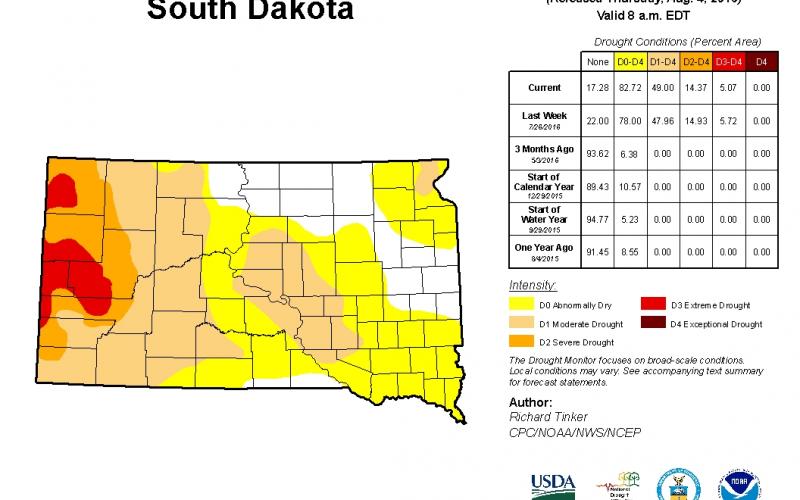
Water Conservation and Efficiency During Times of Drought
As drought conditions continue to expand across the state this year, more thought is given towards South Dakota’s limited water resources. We live in a state where weather conditions and rain patterns seem to comfortably exist at the extremes; we either have way too much or nearly not enough. While this isn’t always the case, it is important to keep in mind that our water resources are finite and all of us should be thinking about doing what we can to protect them.
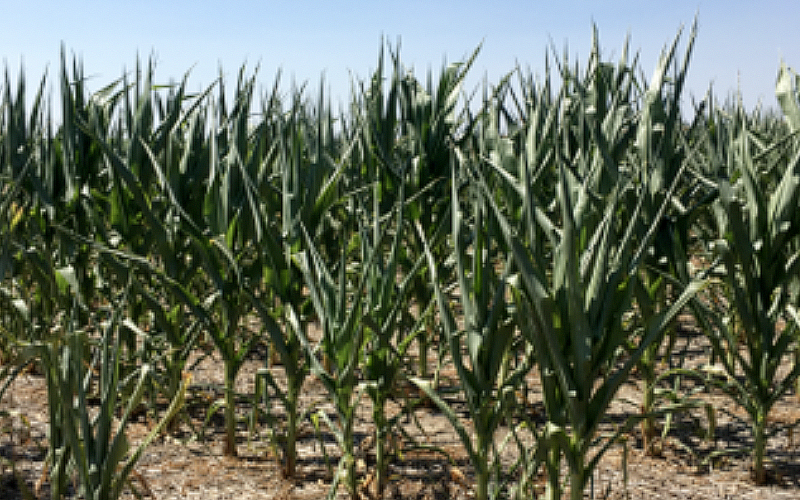
Using Drought-Stressed Corn as Forage
When drought has compromised tonnage of corn grain, silage producers may still retain part of its feeding value.
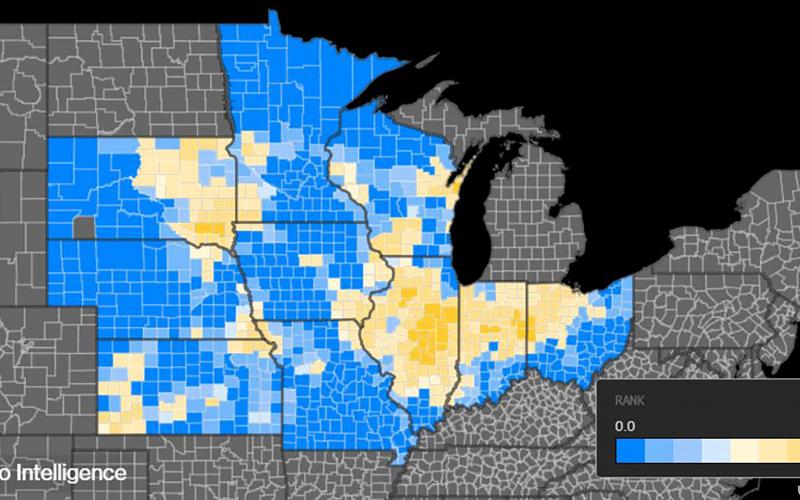
Stretching Corn Silage Supplies
During the 2002 drought there was a need to stretch corn silage supplies as a result of the drought that affected the U.S. Now we deal with the opposite scenario, where excessive spring rains have not allowed farmers to get to the fields. In both situations livestock producers face challenges.
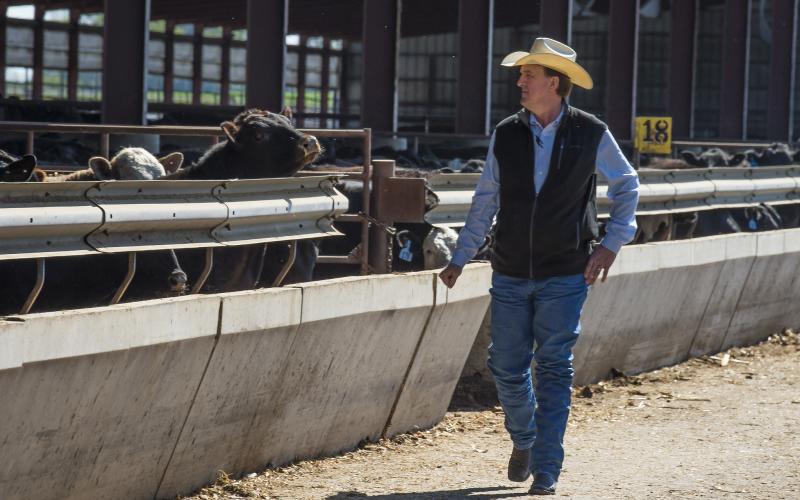
Making Use of “Ugly” Feeds
Feed does not have to be perfect to be useful. The key to making smart feeding decisions is knowing what the imperfections are and adjusting accordingly.
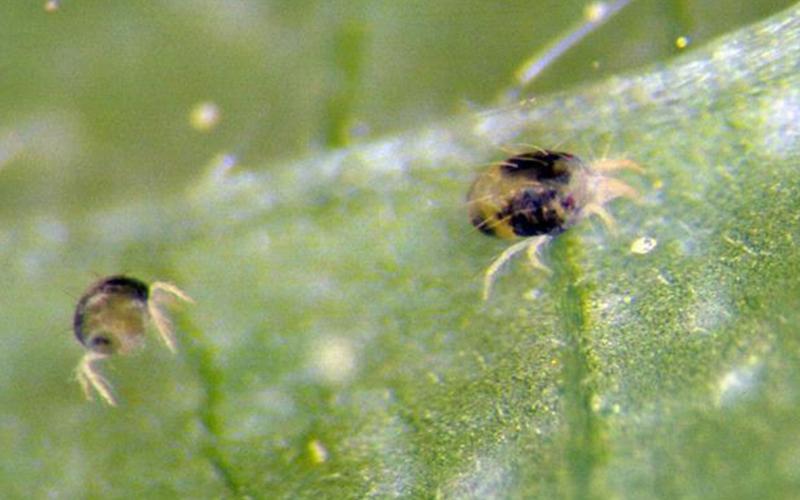
Dry Conditions Are Ideal for Spider Mite Activity
Several counties in South Dakota are experiencing dryer than normal conditions, therefore, it is important to monitor crops for spider mites, as they thrive during periods of dry weather.
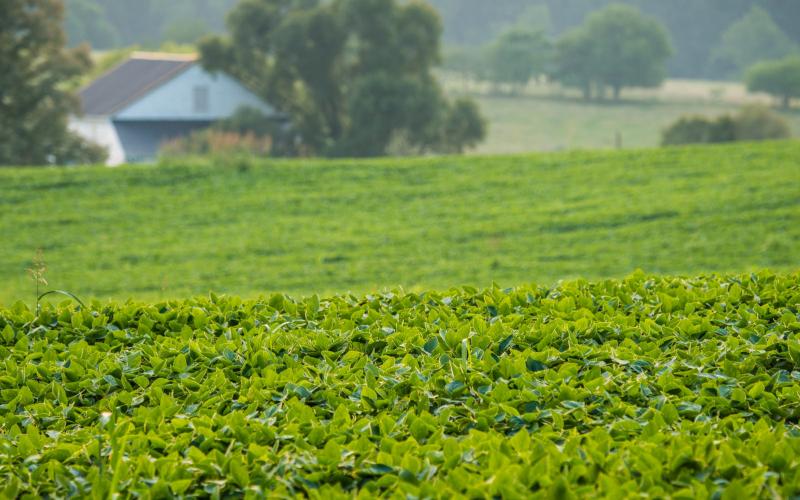
Soybeans & Sunflowers: Alternative Cattle Forages
Alternative forages like soybean silage or hay, and sunflower silage, can help stretch conventional forage supplies and help avoid overgrazing pasture.
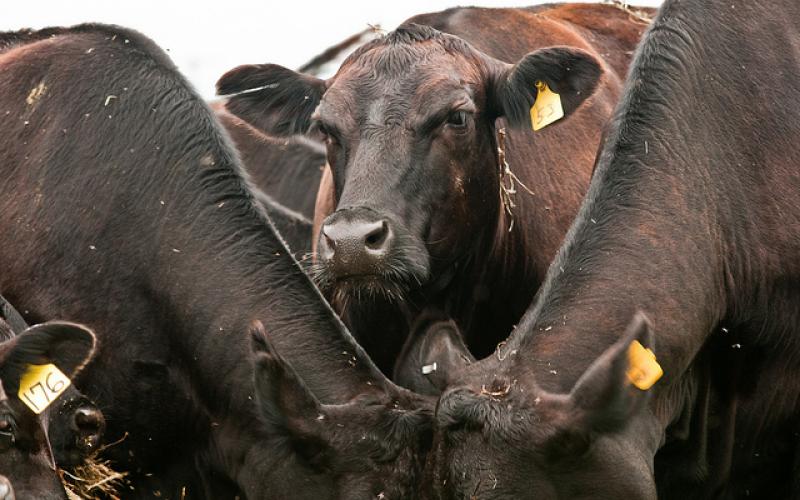
Feeding Drought-Stressed Crops to Cattle
Can drought-stressed crops be be utilized as feed? The answer is yes, if we know what the levels of nitrates are in the feedstuffs in question.
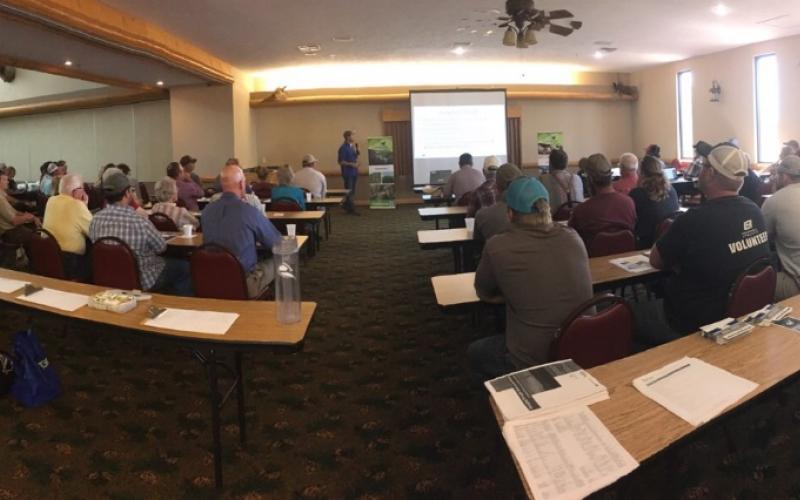
SDSU Extension’s Approach to the 2017 Drought
Most of the Great Plains, of which Western South Dakota is part of, have always been considered a semi-arid area of the U.S. This region is characterized by hot, relatively short summers, and usually cold, dry winters.
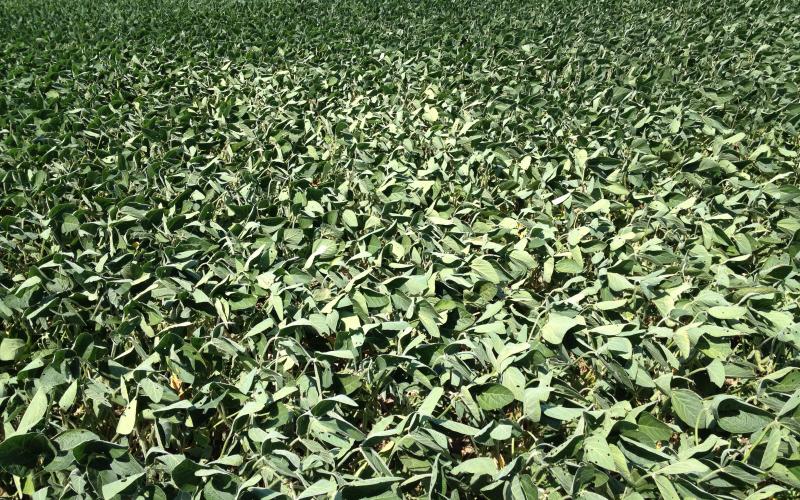
Drought Stress Symptoms in Soybean
Soybeans in South Dakota are in their moisture-critical reproductive stage. Drought stress during this growth stage can significantly impact yield, so here are some things to look for.